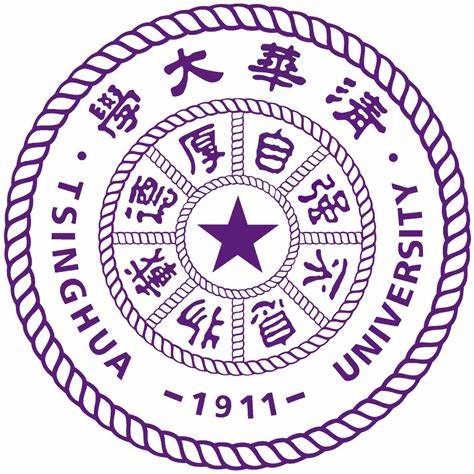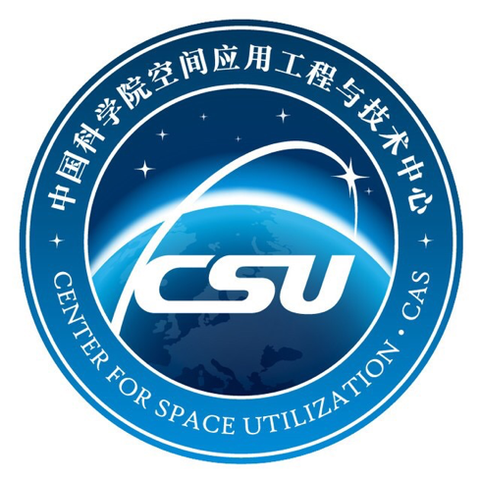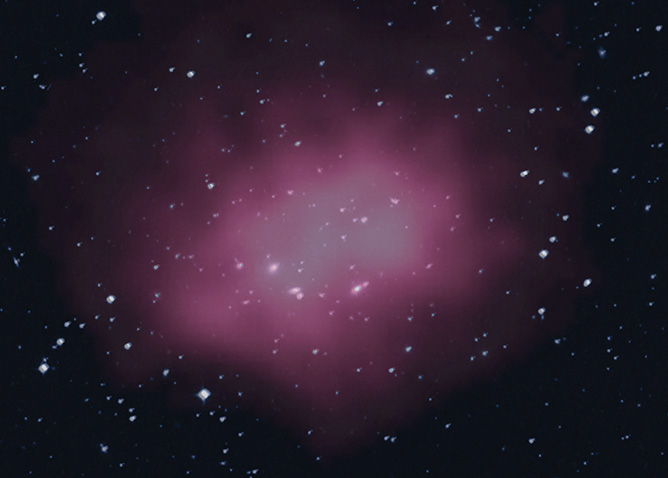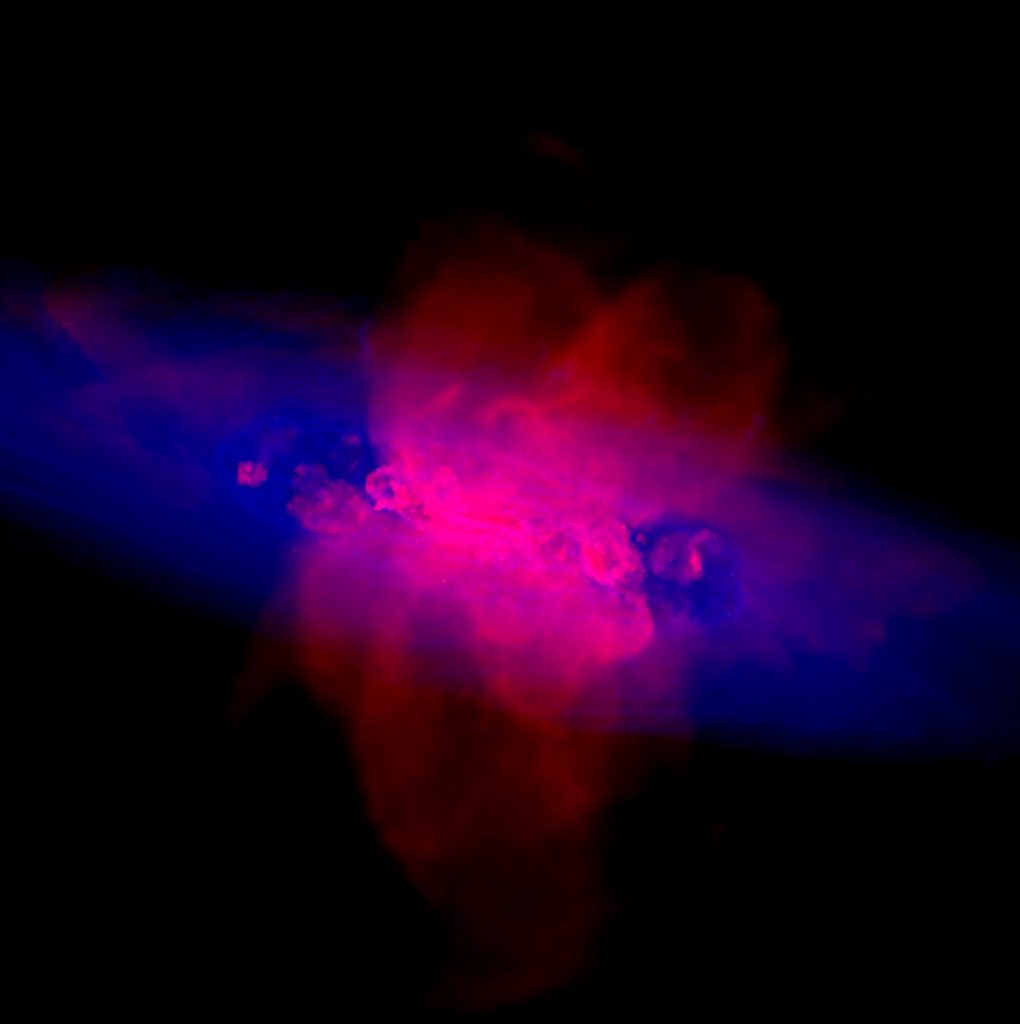
DIffuse X-ray Explorer (DIXE)
DIffuse X-ray Explorer (DIXE) is a proposed high-resolution X-ray spectroscopic sky surveyor on the China Space Station (CSS). DIXE's high-resolution X-ray spectroscopy is enabled by superconducting microcalorimeters based on the transition-edge sensor technology. DIXE will probe fundamental physical properties of Milky Way hot baryons: (1) diffuse soft X-ray background; (2) Galactic hot baryons; (3) circumgalactic medium of the Milky Way.
Introduction
DIXE will combine high-resolution X-ray spectroscopy with sky survey observation mode, which will be first of its kind. Scientifically, DIXE will probe fundamental physical properties of Milky Way hot baryons:(1) diffuse soft X-ray background; (2) Galactic hot baryons; (3) circumgalactic medium of the Milky Way. DIXE willpioneer in-flight observation with X-ray microcalorimeters based on Transition Edge Sensor (TES), Frequency-Domain Multiplexing (FDM) readout systems, mechanical coolers, and adiabatic demagnetization refrigerator(ADR).
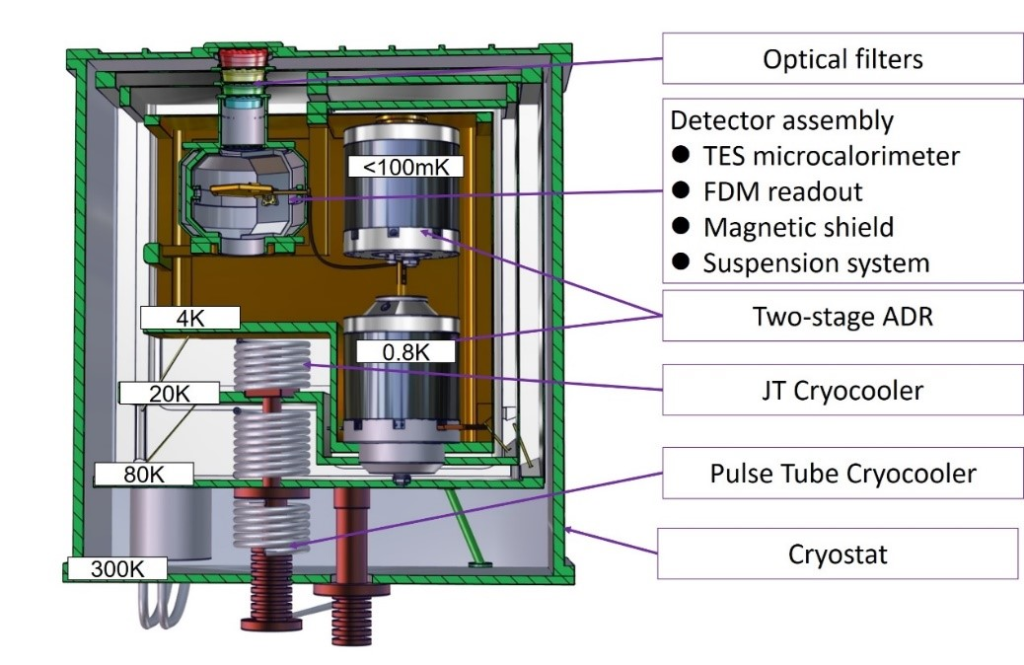
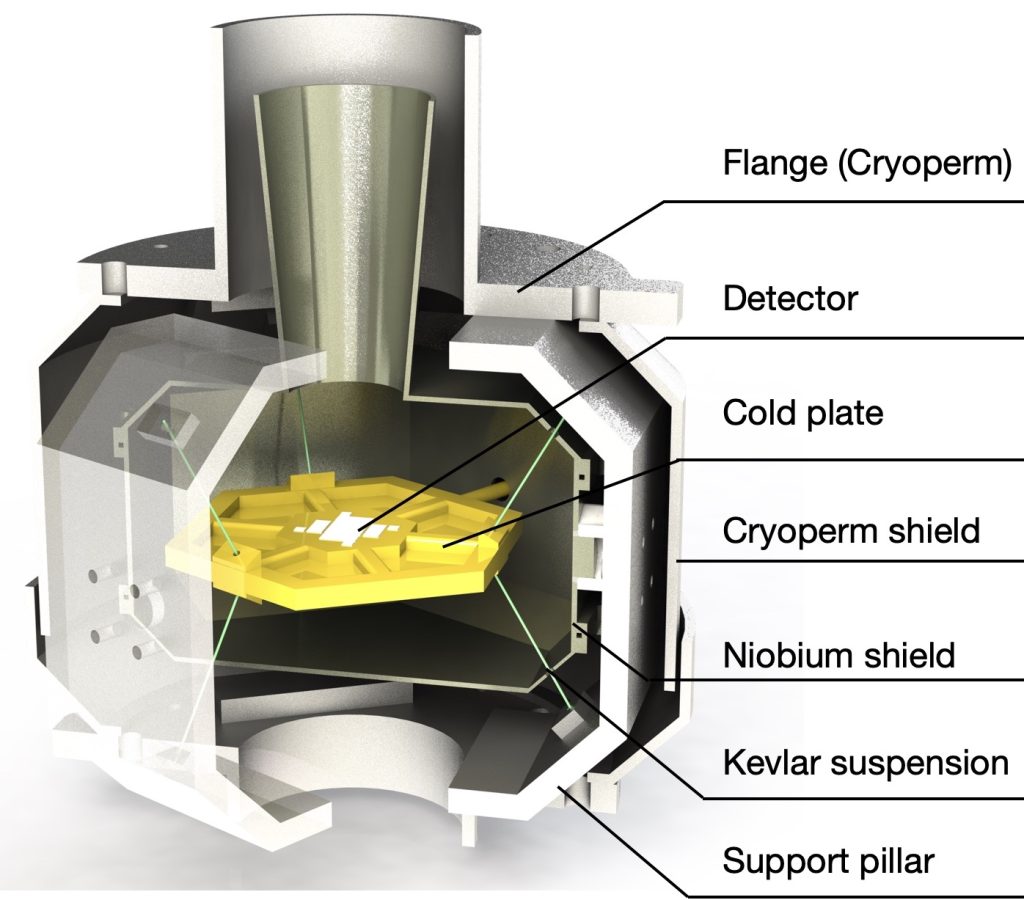
Key Specifications
The DIXE mission on board the Chinese Space Station will integrate high-resolution X-ray spectroscopy with X-ray sky surveys, addressing a gap in this area at the international level. Scientifically, DIXE aims to investigate the origin and evolution of the Milky Way's hot baryons, advancing major frontier research on the galactic ecosystem. In terms of key technology development, the project will pioneer the development of superconducting Transition Edge Sensor (TES) microcalorimeter arrays, SQUID-based Frequency-Domain Multiplexing (FDM) readout systems, and space cryocooler system (including mechanical coolers and adiabatic demagnetization refrigerator). These advancements will pave the way for Chinese long-term space astronomy project, the Hot Universe Baryon Survey (HUBS).
| Platform | China Space Station |
| Observing mode | Survey |
| FOV | 10 × 10 deg2 |
| Energy band | 0.1 - 10 keV |
| Detector | TES microcalorimeter (10 × 10 array) |
| Energy resolution | 6 eV @ 0.6 keV |
| Effective Area | 0.5 cm2 |
| Grasp | 50 cm2 deg2 |
| Launch time | 2028 |
News
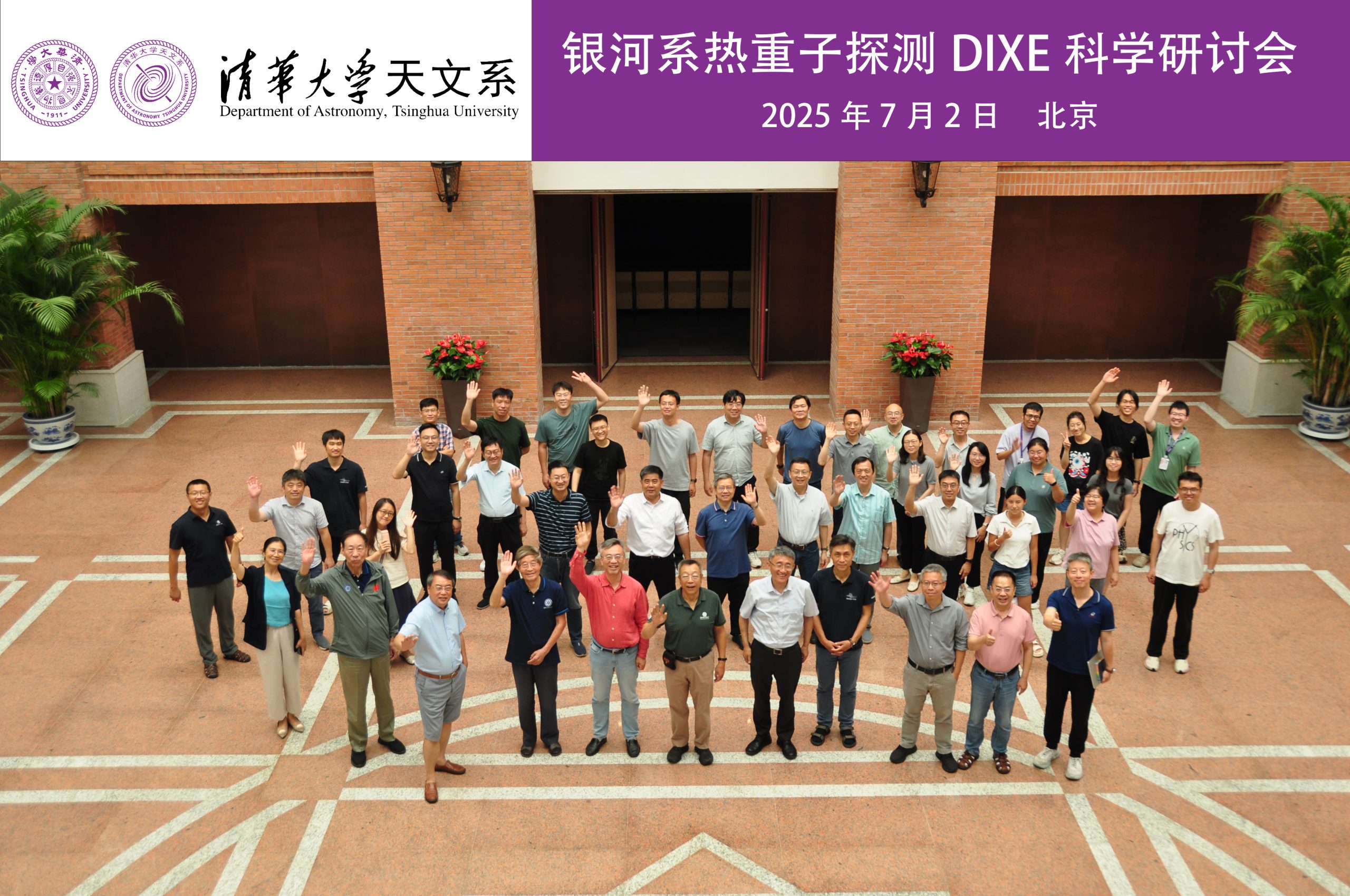
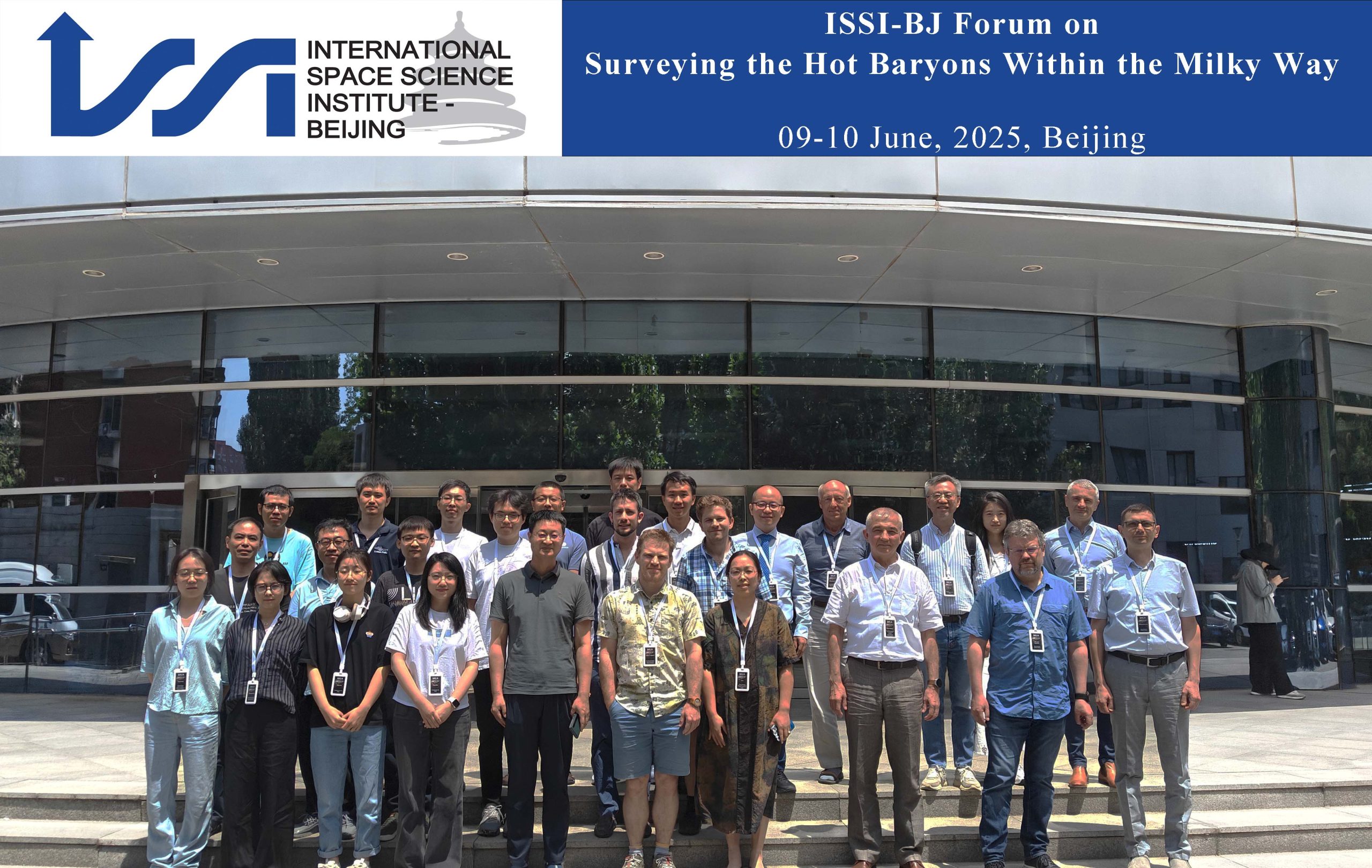
Leading Affiliations
Tsinghua University
Technology and Engineering Center for Space Utilization, Chinese Academy of Sciences
